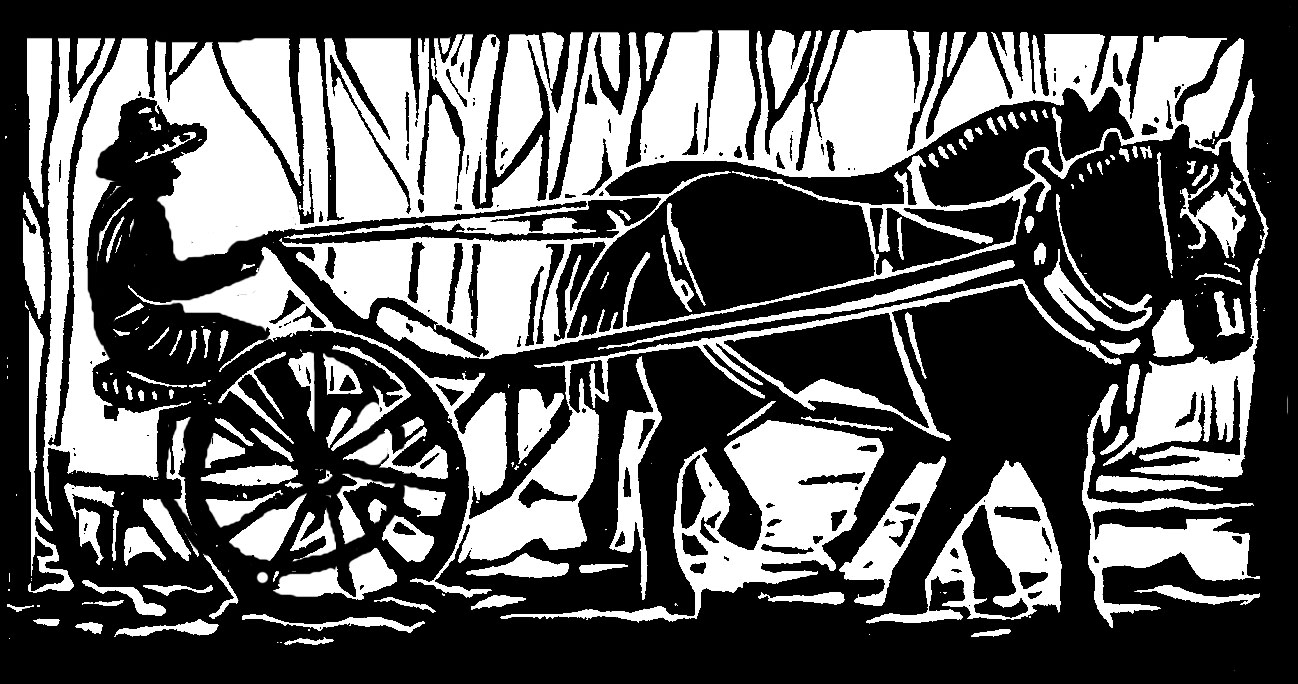August, on our CSA farm, is the month of tomato.
Of course, we’ve been harvesting tomatoes from the greenhouses for weeks now, but August is True Tomato Time.
Long, long ago, in early July, we yearned for the first ripe tomato. We checked the top contenders daily: growing bigger and bigger, changing from firm, certain green to paler and paler to almost white-green. And then at last the first blush. The deepening of the blush. And then: the swoon.
We pick our very first fresh tomato of the year, round, ripe, red, juicy. We consider bearing it to the kitchen on a silver platter, but compromise by bringing it in with calloused farmer hands. We inhale its spicy-sweet aroma deeply, set it on the cutting board, admire its perfection.
Then we take the special tomato knife—the-do-not-use-this-for-anything-else-no-matter-how-much-it-resembles-a-ripe-tomato-or-there-will-be-big- trouble-knife—and we cut thick slices.
The first tomato. We eat. We swoon.
But all that happened in July. Now it’s August, and we’re harvesting 500 or more tomatoes a week, both standard red greenhouse varieties and heirloom tomatoes. The standard varieties are the sturdy, dependable, delicious hybrids that caused the earlier swoon.
In August, we’re way beyond hybrids.
Now we are eating Big Rainbow, a yellow beauty delicately streaked with pink. We’re eating Black Brandywine and Paul Robeson, two purply-black tomatoes that are a current favorite, lush and full, almost salty. We’re eating Hungarian Heart, rich, sweet, smooth.
We’re also considering becoming wine tasters, as we string out our adjectives over supper: “A complex, full flavored tomato, with a hint of dried peach and cinnamon, wouldn’t you say?” I ask my fellow.
“Oh yes,” he replies, “and with the slightest undertone of bologna.” We snort and giggle. We decide to stick to tomato tasting rather than wine tasting, as we revel in the tomato abundance of August.
Our CSA members revel too.
In the harvest shed, a member exclaims: “Beautiful!”
“They’re like jewels!” says another, admiring the perfect red globes of the standard tomatoes, in orderly rows, against the dark green tomato trays.
“Yes, yes,” we say, “but look at these!” and we proudly show the heirlooms.
“Wow,” the members say, noting the strange colors and sizes and shapes. There are no tidy rows here. There are single tomatoes that could make a potluck dish for ten; there are petite tomatoes that are perfect for a single sandwich. There are pink, purple, black, brown, green, yellow, orange, white, and yes! even red! tomatoes. There are cracks and crevices and odd lumps and bulges.
“Wow,” say the members, and then turn ever so slightly back to the symmetry and familiarity of the red jewels. We heave a little heirloom tomato farmer sigh, but are reassured by the clever heirloom distribution system we’ve developed over the years.
When we first started farming, we used to mix the standards and heirlooms in the trays, thinking the heirlooms would disappear in a flash. But at the end of the day, any lone tomato left would always be an heirloom. We learned to divide up the standards and heirlooms, and on our harvest chalkboard, we write “Tomatoes: Standard- eight, Heirloom- two.”
The harvest chalkboard is mighty and indisputable, and people comply: they go home with eight standards, and two heirlooms, tucked in their bags. They come back raving: “It’s the best tomato I ever had!” “It tasted just like the tomatoes my grandmother grew!”
We beam.
The tenderness and flavor of the heirlooms quickly convince CSA members to look for more, but we farmers never have to worry about not getting enough for the farm kitchen. Along with the fantastic taste and colors, heirlooms are also very thin skinned, prone to cracking and other troubles. There are always some heirlooms that don’t make the CSA grade, and we have to make the sacrifice of not only eating exclusively heirlooms, but also of making all heirloom salsas and all heirloom tomato sauces.
Of course, our near-constant August tomato swoon makes it a little tricky to get any farm work done, but who better than a sustainable farmer to model the beauties of eating locally and seasonally? Not to mention celebrating the beauties of diversity, of sizes, shapes, colors, flavors?
And by golly, it is abundance time, cup running over time, go a little heirloom wild time, swooning time: it’s Tomato Time!
Originally published in the Monadnock Shopper News, Aug 7 – Aug 13, 2013

